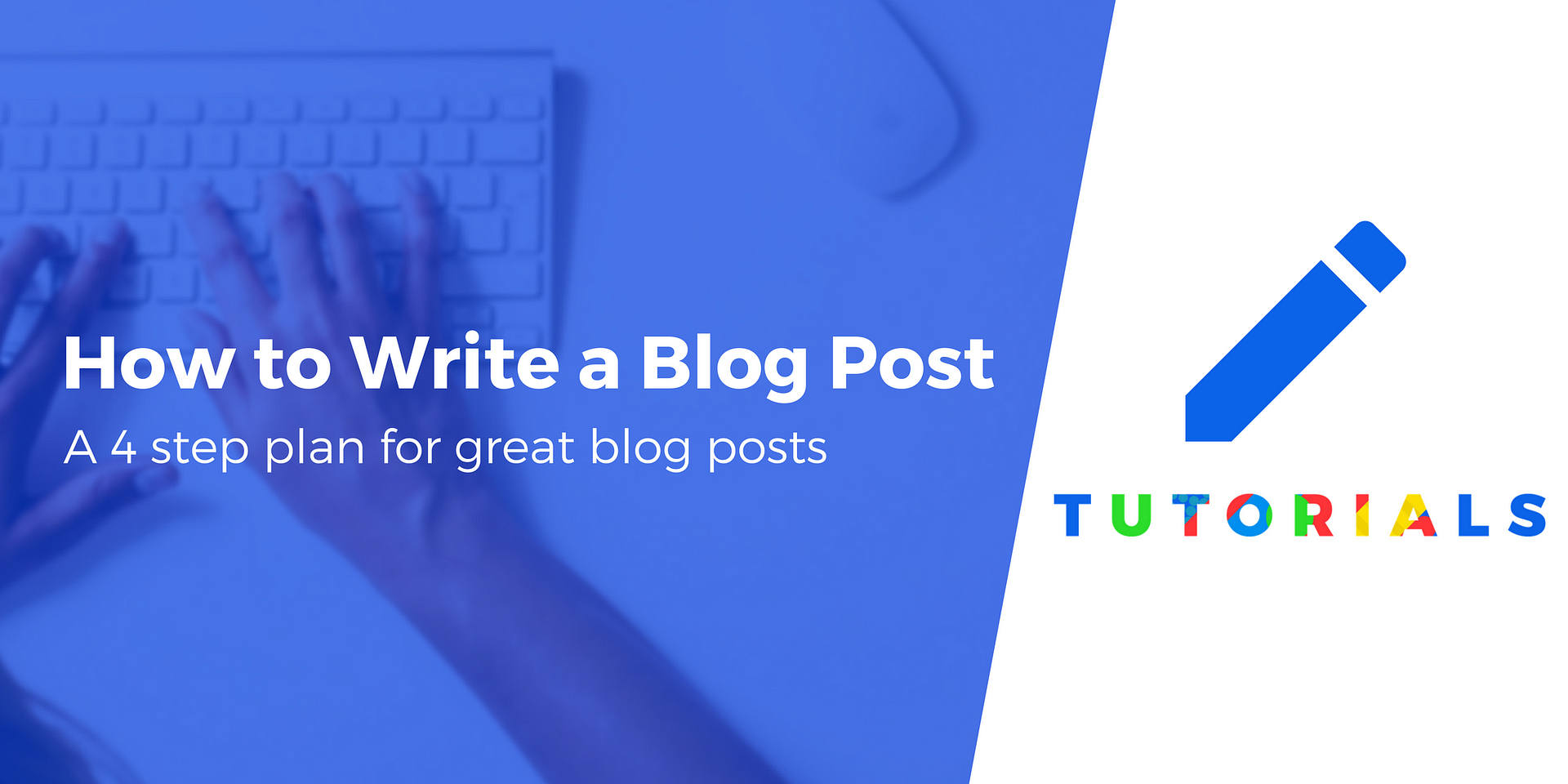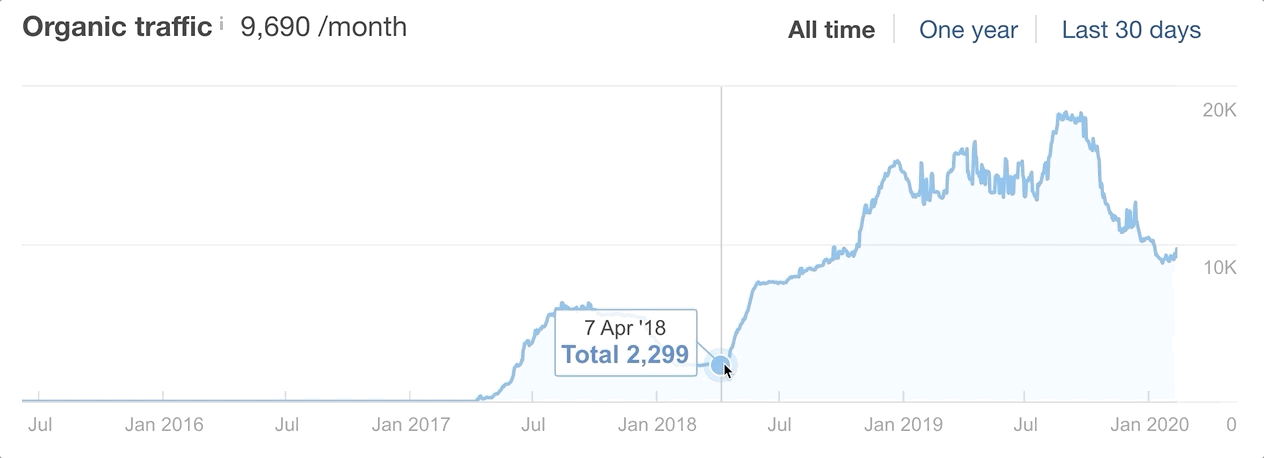
You must also update the GMB page as you make changes to your listing. Here are some ways to optimize your listing. This article will show you how to optimize your listing for search engines and increase your organic traffic. Good SEO practices balance website optimization and GMB optimization. Quality traffic is attracted to well-optimized platforms. Not only should you follow the best practices but also ensure that your website copy and contents contain relevant keywords. If your website is updated, make sure to update your GMB pages.
Review the Response
You may be able to solve a problem if you've ever received a bad review from Google. Customers will notice that you listen to them and offer solutions. However, if you're receiving negative reviews, responding with a defensive tone and negativity is likely to backfire. You can improve your SEO efforts by including keywords within your responses, as with all forms of online marketing.
Respond to negative reviews in a professional, respectful way whenever possible. Google is more likely to trust the opinions of others than your own, so responding courteously will improve your SEO. Businesses that respond to reviews are more likely to be trusted by customers. This will increase their visibility. It also builds trust with Google. To do this, consider putting yourself in the position of the customer and responding to their concerns in a thoughtful and courteous manner.

High-resolution images
Google My Business is an important part of your overall marketing strategy. However, if you don’t have high-resolution photos, you may be missing some of the most powerful tools. Images are key to establishing a positive online image and driving sales. Research has shown that customers are more likely buy from images. A high-quality photograph can bring 42% more inquiries for directions and 35% fewer website clicks. High-resolution photos are important as they can retain their quality after being resized. It can also strengthen your SEO value.
Google My Business Optimization requires that high-resolution images be used. Local searchers should get a feeling for your business by using high-resolution images rather than stock photos. Keep your images to a minimum and only use a handful of high-quality photos. You should ensure that the resolution of the image is high enough to be easily understood, preferably at 300 dpi. Images that are too small should be avoided, along with high-resolution images.
Adding products to existing services
Google my business (GMB), which allows you to add products and services, can improve your listing's visibility. While you should not over-complicate the page by listing everything that your business does, it can be helpful to list the most popular products and services. Optimizing your listing can help increase your visibility for relevant searches. Here's how.
Google My Business SEO is all about providing as much information and detail as possible about your company. Other than listing your products or services, it is important to include contact details. Google's primary goal, as stated by its founders, is to provide consumers with the best solutions. Optimizing your business page with as much information as possible will help you to be the most effective. Make sure the information you give is complete, credible, and accurate.

Verifying your listing
You have until now to verify your Google My Business Listing. You have two options to verify your listing. You can verify your listing either by phone, or by post. However, the latter method is more convenient. You will need to enter the verification code that you receive via text or phone. The verification process should not take more than two weeks, regardless of which method you choose.
A verified GMB listing allows you to update the information, make changes, and confirm your business is legitimate. You can also increase your visibility by avoiding fake listings being redirected to you. Once verified, you have control over who can edit the listing and how it appears in Google's local search results. You can even allow digital marketing agencies and SEO/SEM companies to manage your listing on your behalf. Verification is important to maximize your business’s visibility on Google.
FAQ
How do SEOs work for me?
Understanding what people are searching for in search engines such as google is the first step to getting a Google rank. This guide will teach you how to write high-ranking content on Google. Check out our other guides about content marketing.
To start, you'll want to create a plan and think about what kind of keywords you want to target. There are two types of keywords: broad keywords (like "digital marketing") and specific ones (like "seo").
Next, you'll need to choose a few goals: increasing brand awareness, driving leads, or boosting sales.
Once you have your objectives defined, you are now ready to start writing content. We have some tips on how to write content for SEO here.
Once you've written your content, it's time for it to be published to your blog or website. If you have a site, this could mean updating the pages. If you don't have a website, you will need to hire someone who can design one.
Link to your content from blogs and websites after publishing it. This will increase its visibility and give it greater exposure.
Do I need a marketing agency to digitally market my product?
You should recognize that your company needs some extra support. A digital marketing agency can provide professional services for small businesses like yours. They know exactly how to promote your company online and keep up with the latest trends in the field.
They can manage your social media accounts and analyze data.
How often does SEO need to be done?
Maintaining your links properly will mean that you won't have to run SEO campaigns or update them often. If you stop maintaining links and rely exclusively on organic traffic for your business, it could be costly.
For small businesses, it's recommended that you update your website monthly. A quarterly update may be necessary for larger companies.
What are different SEO strategies?
Search engine optimization (SEO), search media optimization (SMO), as well as pay-per click advertising (PPC) are all examples of different SEO strategies.
SEO is a way to optimize content for certain keywords through text formatting and HTML code.
This will ensure that your site ranks higher in search results pages.
Social media optimization is the process of optimizing your website so that it can be used on social networks, such as Twitter, Facebook, or Google+.
These will help build your brand online and make it more popular with visitors who are searching for related subjects.
PPC ads also appear at the top Search Results Pages, showing relevant products & services.
Google paid search advertisements are the most well-known type of PPC advertisement. These ads can be very effective, even though they cost a lot.
PPC advertising is also available in display ads as well as video ads and sponsored posts.
How do I create an SEO Strategy?
An effective SEO strategy starts with understanding your goals and how to get there. This allows you structure your content to meet these goals.
Step two is to get started with your keywords. You can gain insight into the keywords people use to search for certain words by doing keyword research. This information will allow you to write articles about these topics.
After writing your articles ensure that you include your target keywords in them. You should also make sure to optimize each article with relevant images or videos. Lastly, link to other related pages wherever possible.
After you have completed all of the content on your site, it is time to optimize that content!
Statistics
- Sean isn't alone… Blogger James Pearson recently axed hundreds of blog posts from his site… and his organic traffic increased by 30%: (backlinko.com)
- Which led to a 70.43% boost in search engine traffic compared to the old version of the post: (backlinko.com)
- A 62.60% organic traffic boost to that page: (backlinko.com)
- 93%of online experiences today begin on search engines. (marketinginsidergroup.com)
- If two people in 10 clicks go to your site as a result, that is a 20% CTR. (semrush.com)
External Links
How To
How do I create my first blog?
It's simple! WordPress is a great tool to create a blog. The user can modify the look and feel of their blog easily by adding themes and changing fonts and colors. They can also add plugins that allow them to automatically change certain aspects of their website depending on visitor activity.
You can download many templates free of charge from WordPress.org. Premium templates cost money. Premium templates can include additional pages, plugins, or advanced security features.
Once you have downloaded your template, sign up for a free account at a hosting provider in order to upload your files and to run your blog. While many hosting providers offer free accounts, there are often limitations on how much space you have, how many domains can you host, and how many email addresses you can send.
You will need separate email addresses if you want to use multiple domain names. This service is offered by some hosts at a monthly charge.
You may be wondering why anyone would pay for a blog to be hosted online if you are new to blogging. Most hosts offer unlimited storage space, meaning your files won't be deleted even if you accidentally delete them.
Many hosts also let users host multiple domains, meaning you could have several different sites under the same hosting package. You don't need multiple email addresses and can manage all your sites through the one interface.
Some hosts provide social media sharing buttons to their dashboards. This allows visitors and users to quickly share posts across the Internet.
Most hosting companies offer tools for managing your blog. You can view the performance stats of your website, see how many people visited each post, and compare your traffic with other blogs.
These tools will make managing your blog much easier and more efficient. It's worth looking at before you decide on a hosting plan.
To sum up:
-
Choose a topic pertinent to your business.
-
Create engaging content;
-
Optimize your site using SEO techniques;
-
Promote your site using social media channels;
-
Monitor your statistics regularly to make changes where necessary;
-
Keep your blog updated regularly, last but not least.
In summary, you need to create and promote good content and then track its success.